Lake Shore Limited dining car
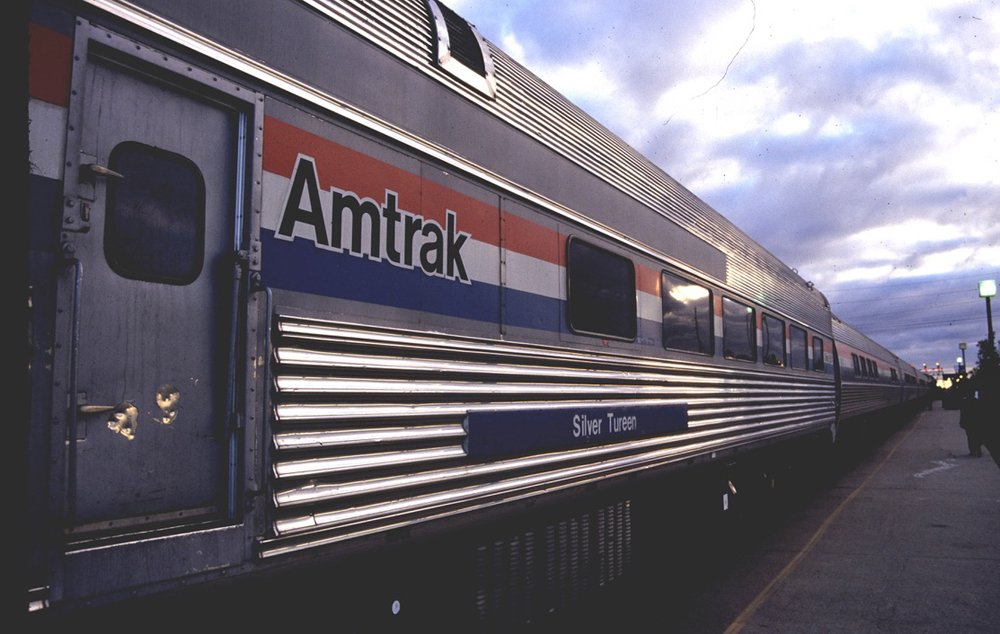
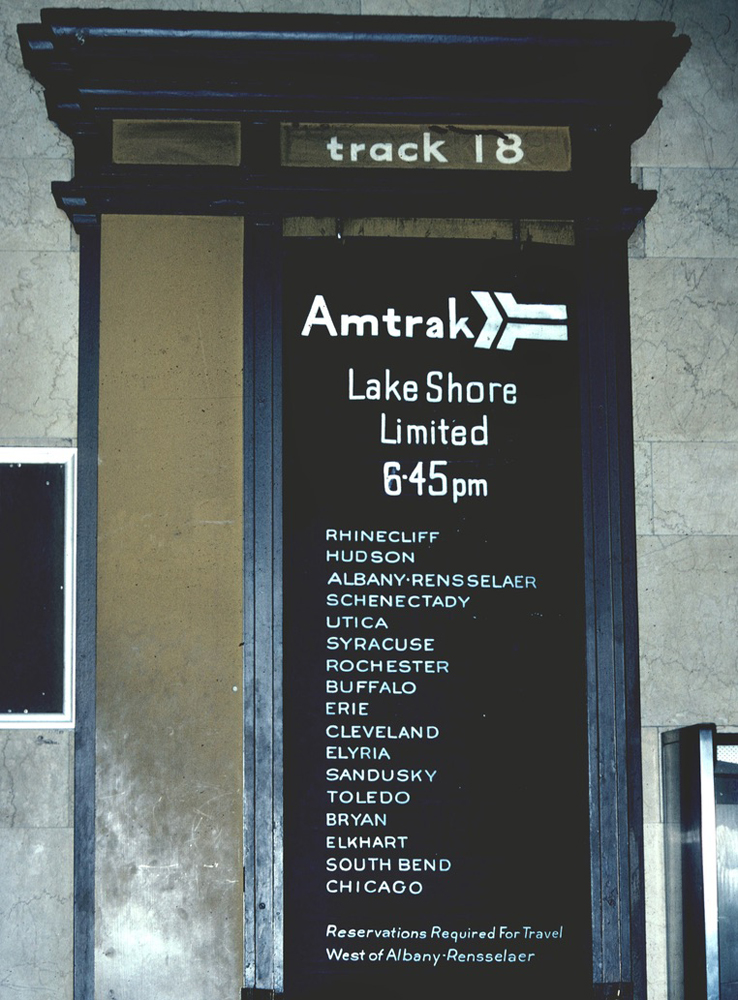
In profiling a train for Trains’ 1,000th issue whose New York and Boston sections average just under 1,000 miles, it isn’t possible to relate more than a fraction of what has made trips aboard the Lake Shore Limited so memorable through the years. [See “Lake Shore Limited: A Survivor,” Trains, February 2024]. But meals in its dining cars have certainly been a significant component.
Beginning in the early 1980s, I rode the train often when traveling from Chicago to ad sales strategy meetings in New York or at represented TV stations in Cleveland, Buffalo, Rochester, Albany, and Boston — with my employer picking up the tab! Company headquarters were on New York’s East Side and the hotel of choice, the Grand Hyatt, couldn’t have been more convenient with its direct passage to Grand Central Terminal when the Lake Shore called there.
Up from the depths
In many ways, the train has mirrored Amtrak’s undulating history, with dining service acting as a barometer of where things stood at any given moment. Among notable nadirs in early travels: a trip to Chicago in late 1981 during what was surely the company’s service low up to that point. Under severe Reagan Administration budget cuts mandating “break even” food service, tines of a plastic fork broke off on a tough steak plopped down unceremoniously by a sullen waiter who never bothered to take the plate off of her serving tray.
But the next year, W. Graham Claytor Jr. ascended to Amtrak’s helm. Coming from the Southern Railway, which maintained high onboard staffing and culinary standards while foregoing partnership with Amtrak for a decade, the strong-willed former U.S. Naval Secretary had definite ideas about what a proper passenger train should offer. The trusted leader successfully sold his vision to Congress, and meals improved markedly within a year after their inclusion in sleeping car fares.
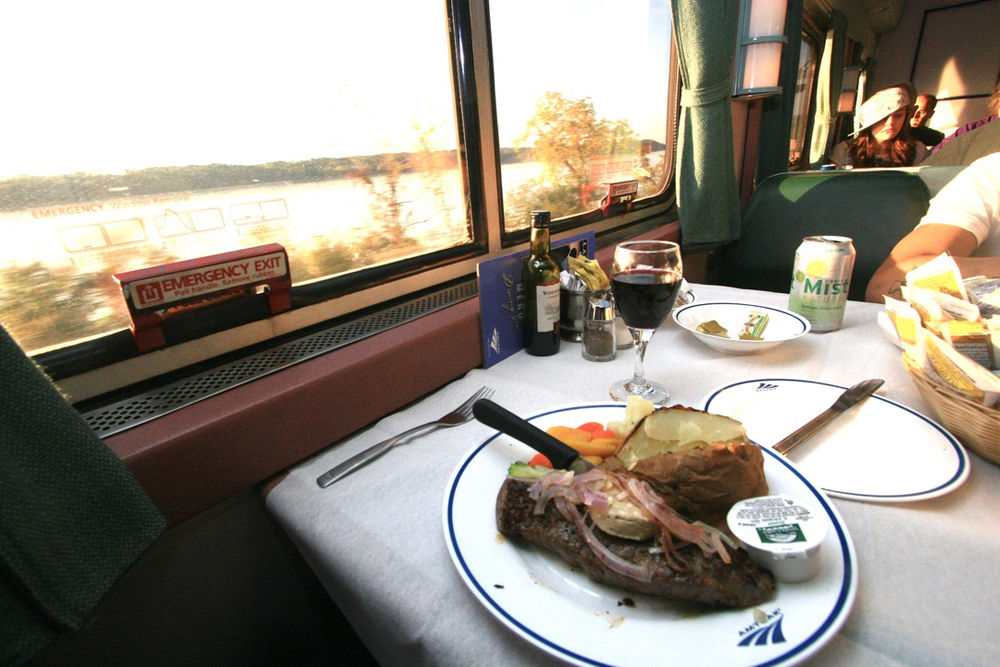
A good thing too, because enjoying a sumptuous dinner combined with Hudson River scenery became one of the Lake Shore Limited’s most endearing and appreciated qualities after all-day business sessions. I began carrying notebooks in 1987 and was sufficiently inspired to write the following in my roomette after enjoying a medium rare steak and baked potato on June 14, 1988:
“The sun’s red ball turned to magenta as it sank into the Hudson River haze. As we glided from salad through dessert, it took a full hour for the purple light to completely disappear. One of the best diner experiences ever.”
Somehow these Lake Shore journeys managed to elicit commentary on more than 50 trips in 38 notebooks over four decades. Along with notes about consists; faulty equipment; exemplary or nasty employees, and good and bad train handling by dispatchers, food impressions comprised a significant portion of the entries.
For instance, Boston-section meals were generally disappointing; they seemed to be grudgingly provided to sleeping-car passengers in an Amfleet cafe car with limited preparation capability. But credit where it is due: though not on the limited menu, the chicken breast sandwich with pesto and chickpea salad (below) served on westbound train No. 449 of July 21, 2009, was deemed “Good-cold-fresh.”
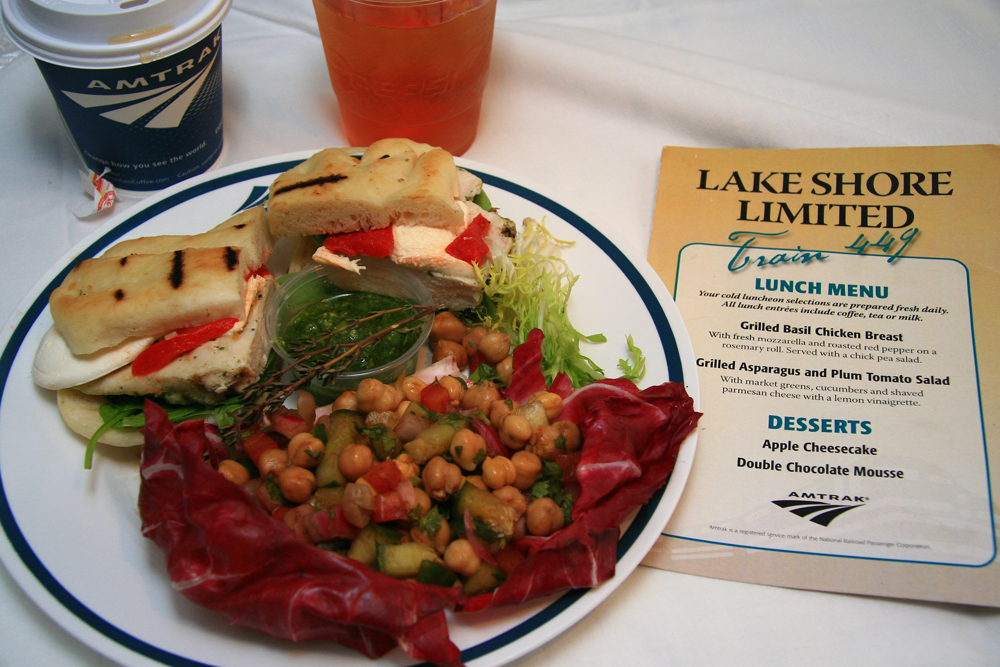
Reliving past glory
Riding the Lake Shore inspired observations largely because its heritage dining cars provided the symbiotic link to the streamliners for which they were born. Remember, western trains had been homogenized by Superliners since 1979, but Silver Tureen, built by Budd for the Burlington’s 1956 re-equipped Denver Zephyr, retained its original art deco styling, as noted in an Oct. 3, 1996 entry.
Other dining cars cycling through Lake Shore consists revealed recollections of the trains of which they had once been a part through window placement and the style of stainless steel fluting.
Some had undergone sterile remodeling, including fluorescent lighting, during conversions to head-end power in the early 1980s, but Amtrak subsequently made many cars more hospitable by installing modular kits designed by a Spanish company. The cozy interiors’ subdued lighting and modern appearance gave them a much-appreciated second life.
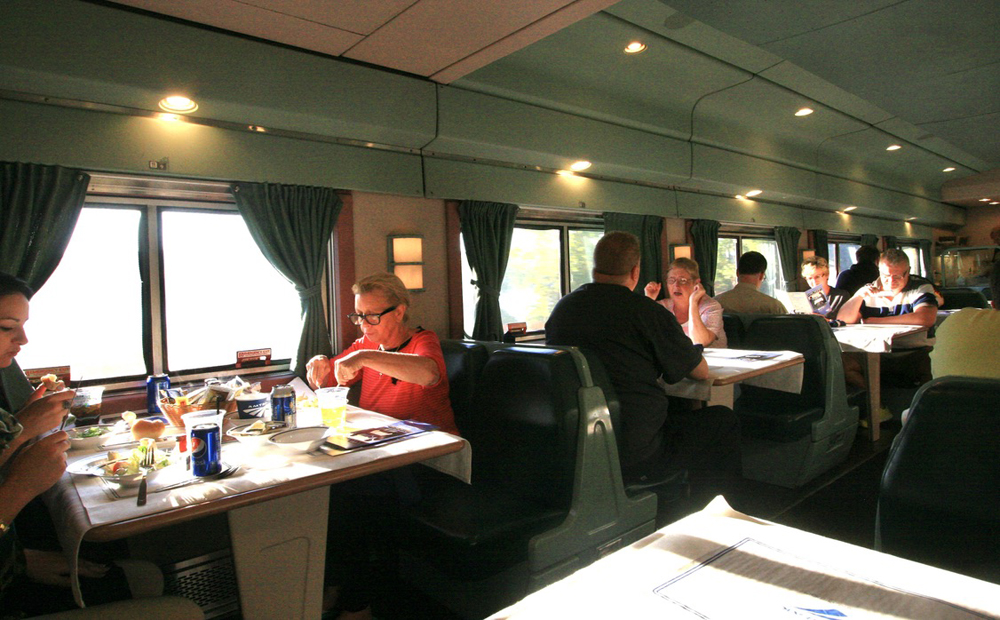
As heritage dining car ranks began thinning in 2016 with the impending (but considerably delayed) arrival of 25 Viewliner II diners, the Lake Shore was dealt Horizon and Amfleet II substitutes. Without a grill to cook it on, “Amtrak’s signature steak” thus became a “Fork Tender Beef Flatiron,” a pot roast-like main course noted on a June 20, 2017, westbound trip that nevertheless “requires a knife to cut.”
This downgrade paved the way for so-called “Flexible” meals and furloughing of dining car personnel [see “On the ‘Lake Shore Limited,’ a diner debut, and a flamboyant waiter.”] in May 2018 just as the new diners began arriving. Coach customers were banished to the Boston section’s cafe car (though no cafe runs with the New York City consist south of Albany-Rensselaer).
Sleeping-car patrons initially were told to line up at the kitchen door to receive a green bag containing what amounted to a cold gourmet picnic in a balsawood box from the lone “employee in charge” before taking it back to a table themselves.
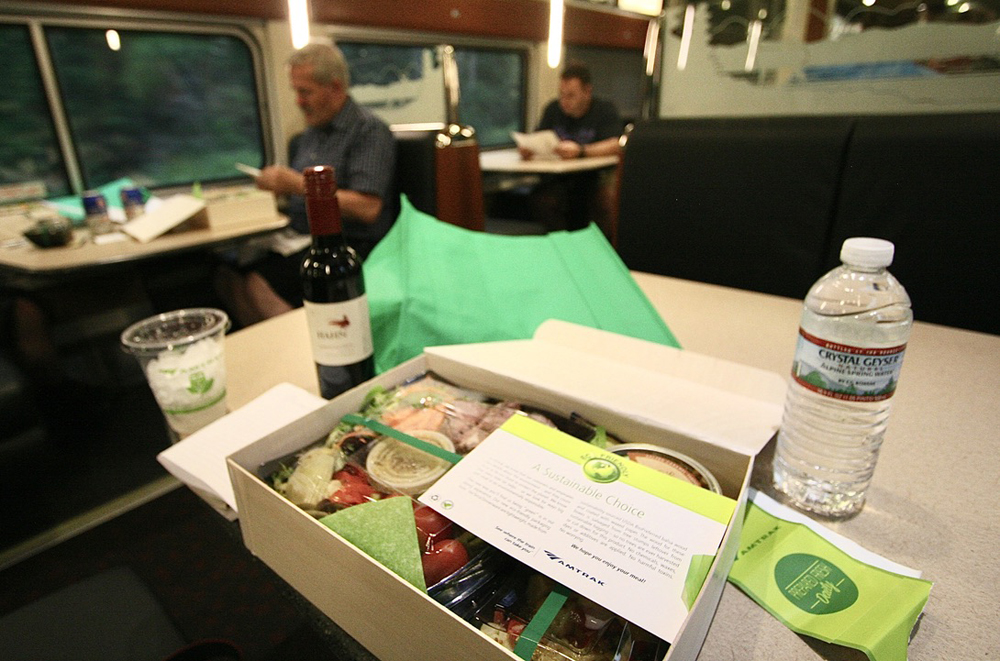
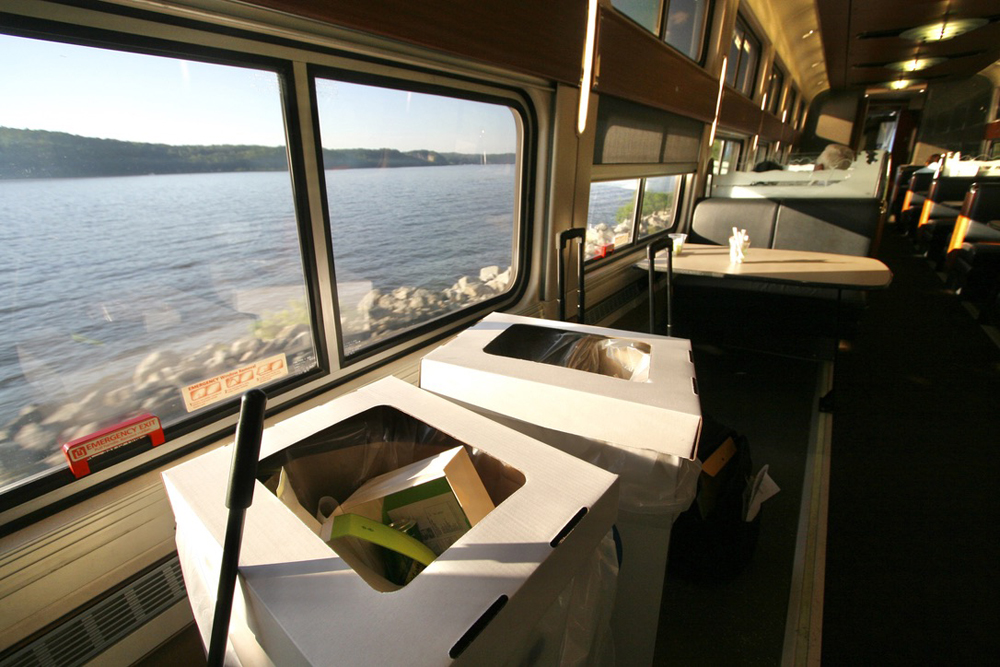
“When you get finished, there are garbage bins where you drop your trash; you get to keep the green bags, though,” the employee explained on the June 17, 2018, westbound Lake Shore. The bags and balsawood packaging are gone now, and meals in a bowl are served by an attendant, but trash boxes continue to enjoy an exalted position.
The next chapter of the Lake Shore Limited dining car saga has yet to be written, but perhaps Amtrak management will come up with a way to let everyone who rides the train enjoy one of its best selling points.
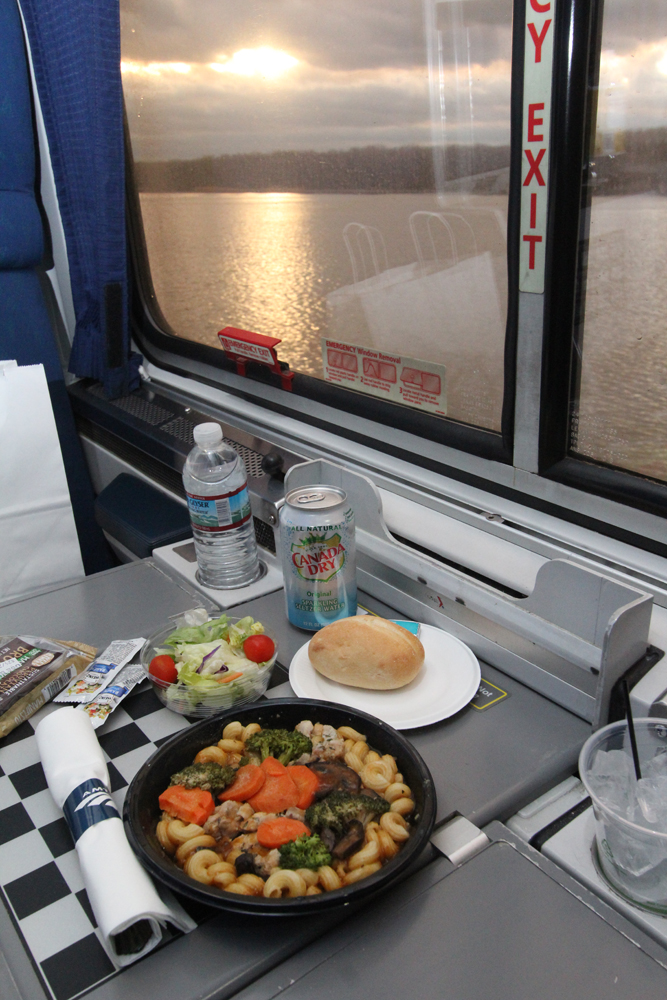






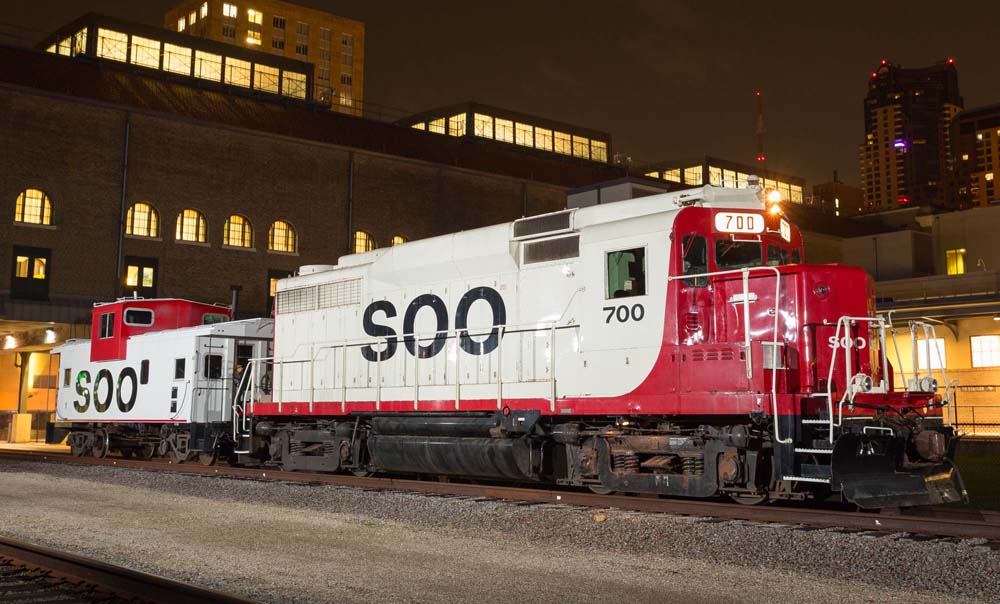
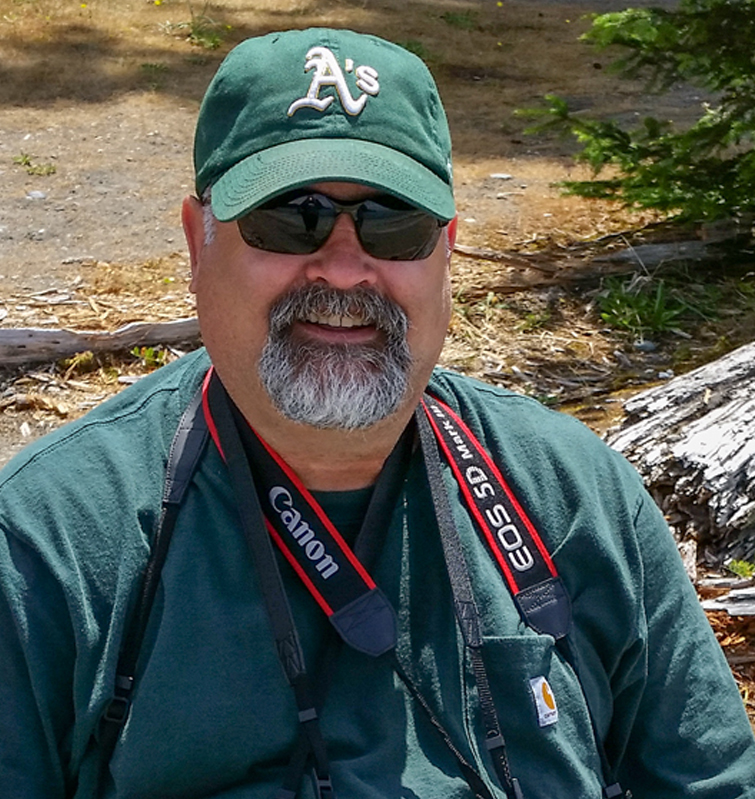
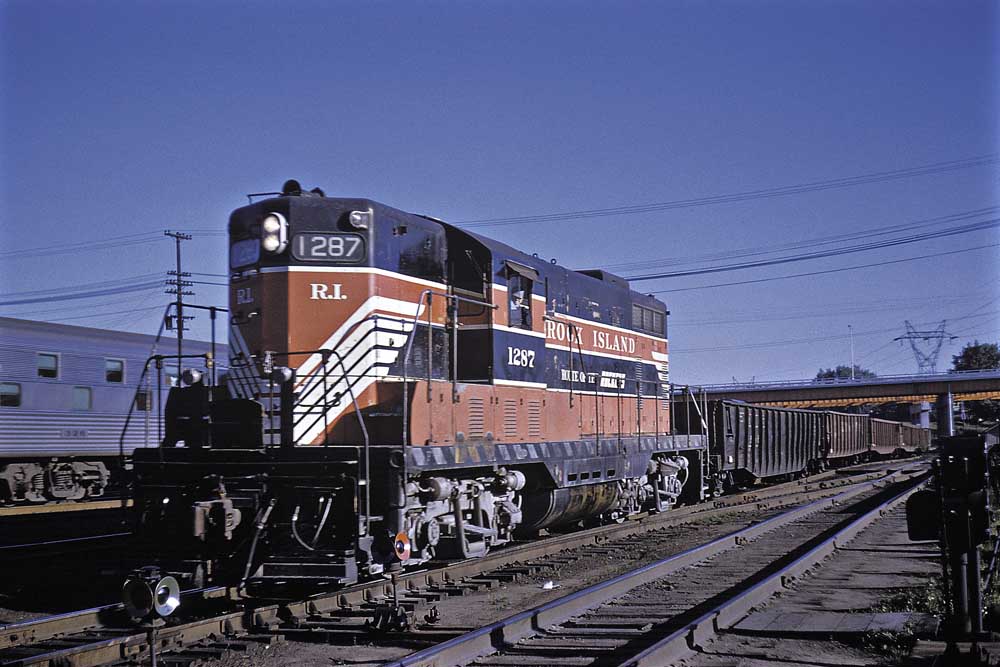
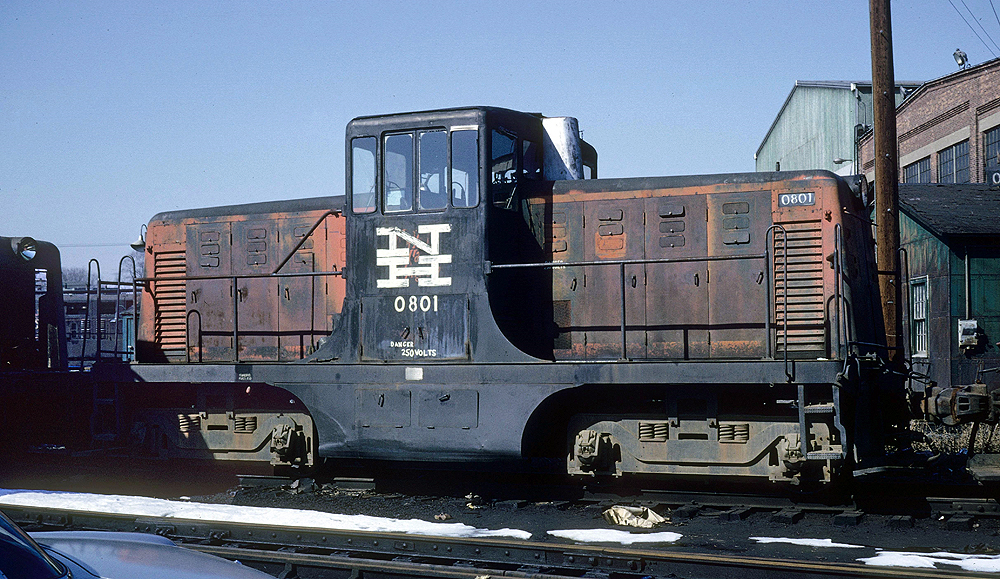




These days, going westbound, like Mr. Dzeda, i pre-order a dinner from
Don Pepe and bring my own spirits. To my surprise, on a recent trip, my
sleeper attendant encouraged me to bring all the
“store-bought” stuff to the diner and have it there. The very
friendly attendant in the diner welcomed me and even produced a paper tablecloth and
some flatware. Other than champagne, I never b4 brought
my own food to a dining car….
I began riding the Lakeshore regularly roughly a month after
it arrived in Amtrak’s timetables. This was late 1975. I think
of the period from the train’s inception through to the 1981
food service downgrade as one of continual cullinary improvement for
the Lakeshore. We started out with ex-New York Central
“grill-diners” with serpentine seating on one end. As the train
grew more popular, the Broadway Limited lost its twin-unit diners (in October, 1978) and they were assigned to 48/49.
They stayed until Autumn, 1979, when the Lakeshore became the first HEP-equipped eastern long distance train.
Now, we had ex-Burlington diners with modern kitchens,
but still retaining their etched-glass partitions. Eventually,
the diners began to rotate around — we had ex-NP, ex-Southern and eventually the grill-diners back again with all
booth seating and HEP rewiring. But honestly speaking, the
food on the Lakeshore was ALWAYS good from ’75 to mid-’81 … and I guess one could say it improved continuously all
during that time – account both the equipment and service.
Much later, we also got one of the original Viewliner diners –
a rebuilt prototype – and, although there were some problems with it (the end-doors would not close), the food was first rate. One side note:
somewhere in the late 90’s or early 2000’s, the train went
“diner-lite” but with Amfleet II lounge cars. The menu was
downgraded. But we had a chef assigned to the train in those days named John Riveria – and he turned out meals
that were amazing. I guess the traditions that had built-up
since ’75 were important to Mr. Riveria, and he never gave us anything less than delicious.
As long as Amtrak hires managers who formerly worked for the airline industry, the dining car food will be something like you get on a 767 flying over to Europe. It wouldn’t surprise me, one day to see 3-2 seating shoehorned into some coaches. I’ve ridden trains on the Empire Corridor enough times to know that they need at least one more coach on almost every train because they sell out. You have to wonder what the fly boys are thinking.
W Graham Clayton was a true and professional railroader who knew how to run a railroad and maintain dignity and class. It is no wonder that he was able to run and operate the Southern Railway for many years and keep it out the Amtrak system until it finally it did join up with Amtrak but Claytor ran a tight ship while presiding over Amtrak and you could say that was Amtrak’s “Golden Age even well before all the modern improvements and new equipment of today’s Amtrak and that also goes for today’s dining car service on the trains Unfortunely Amtrak is being run by people who are clueless in what they are doing or operating and have no real knowledge or skills of what it takes to run a railroad and no experience either Just look at the terrible mistakes and ineptness of ordering new equipment that has been nothing short of a bust and failure. Amtrak needs new qualified and experienced railroad people to take charge and operate the system not political hacks or bureaucrats or appointees but real railroad people who know what they are doing. Joseph C Markfelder
I have a friend who regularly rides Amtrak out of Cleveland. In October, he went to New York City and paid for a room for his wife and him, so he could eat in the dining car. Pretty stiff fare just to eat in the diner. Seriously, they say they can’t serve coach passengers in the diner because they can’t plan for them. Really? Everyone has to have a reservation, why not sell coach with or without dinner in the diner.
I will have to admit, I haven’t rode the Lake Shore since 1979. I had two eastbound trips with suppers that were not bad, and very nice breakfast getting to my sausage links as we bounced across the crossing in Ashtabula.
Your observations are the same as mine. At first, the LSL used heavy railroad silver-plate; it was quite a show. It’s been all downhill from there. The last few years I’ve learned to buy in NYC the food I’m going to have for dinner aboard the train. I recommend Don Pepe’s delicatessen in NYP. But I’m resentful I have to do this when I have a first class ticket. I take my food bags to the “dining” car and eat off a bare table there. The stuff Amtrak provides is simply awful. The whole experience is so discouraging I’m going to fly from now on. Dining cars used to be a good way to meet foreign tourists; what must they think now?